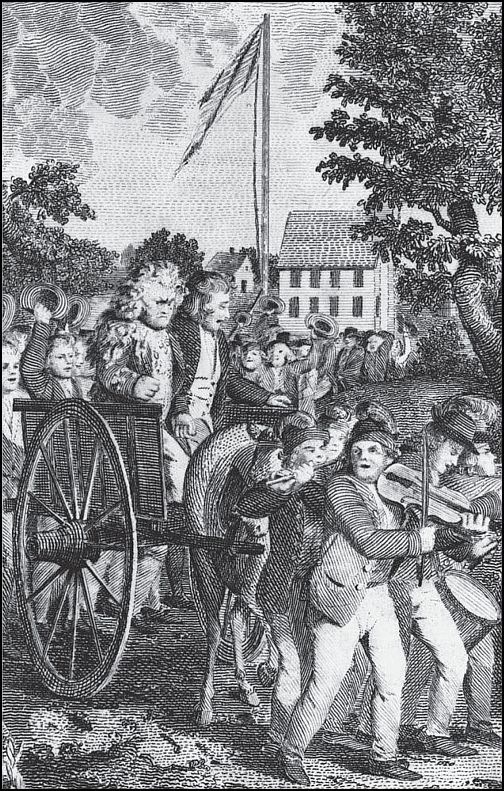Authors:
Historic Era: Era 3: Revolution and the New Nation (1754-1820s)
Historic Theme:
Subject:
Special Issue - George Washington Prize 2017 | Volume 62, Issue 4


Authors:
Historic Era: Era 3: Revolution and the New Nation (1754-1820s)
Historic Theme:
Subject:
Special Issue - George Washington Prize 2017 | Volume 62, Issue 4
Alan Taylor, in his recent American Revolutions: A Continental History, provides an important international context for the War for Independence, a perspective that is too often lacking in general discussions about the conflict. Taylor weaves the perspectives of France, Spain, and the various Native tribes into a sweeping narrative that continues through the period into the early republic, as Jefferson's "empire of liberty" expands to the west and sets the stage for later events. The book is a sort of "prequel" for Taylor's previous book, The Civil War of 1812, about the important and under-studied War of 1812. Taylor is the Thomas Jefferson Professor of History at the University of Virginia, has twice won the Pulitzer Prize for history, and was a finalist for the National Book Award. He previously wrote about Pontiac's War for American Heritage.
May not a man have several voices, Robin,
as well as two complexions?
—NATHANIEL HAWTHORNE, from “My Kinsman, Major Molineux”

0n a summer evening, a rustic “youth of barely eighteen years” arrived in a seaport capital, “the little metropolis of a New England colony.” Although dressed in homespun and having little money, Robin was handsome, alert, and ambitious. The clever son of a country clergyman, he came to seek his celebrated kinsman, Major Molineux, a wealthy gentleman in royal favor. With the major’s patronage, Robin expected to rise quickly in society. Passing through “a succession of crooked and narrow streets,” he became confused and angry when no one would direct him to his kinsman’s mansion. Instead, people mocked Robin. At last, a stranger replied, “Watch here an hour, and Major Molineux will pass by.” Robin noticed the stranger’s face painted half black and half red “as if two individual devils, a fiend of fire and a fiend of darkness, had united themselves to form this infernal visage.”
The young man waited by a moonlit church, where he encountered “a gentleman in his prime, of open, intelligent, cheerful, and altogether prepossessing countenance.” Learning of Robin’s mission, the gentleman lingered from “a singular curiosity to witness your meeting.” In the distance, they heard the advancing roar of a crowd. “There were at least a thousand voices went up to make that one shout,” Robin noted. “May not a man have several voices, Robin, as well as two complexions?” the gentleman replied.
The painted stranger reappeared at the head of a torch-lit parade of “wild figures in the Indian dress” attended by raucous musicians and “applauding spectators,” including women. The cavalcade accompanied an open cart holding “an elderly man, of large and majestic person” covered with tar and feathers. Robin recognized the victim as his kinsman suffering from “overwhelming humiliation.” His face was “pale as death . . . his eyes were red and wild, and the foam hung white upon his quivering lip.”